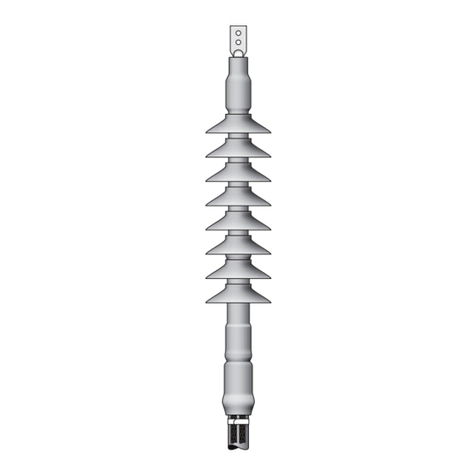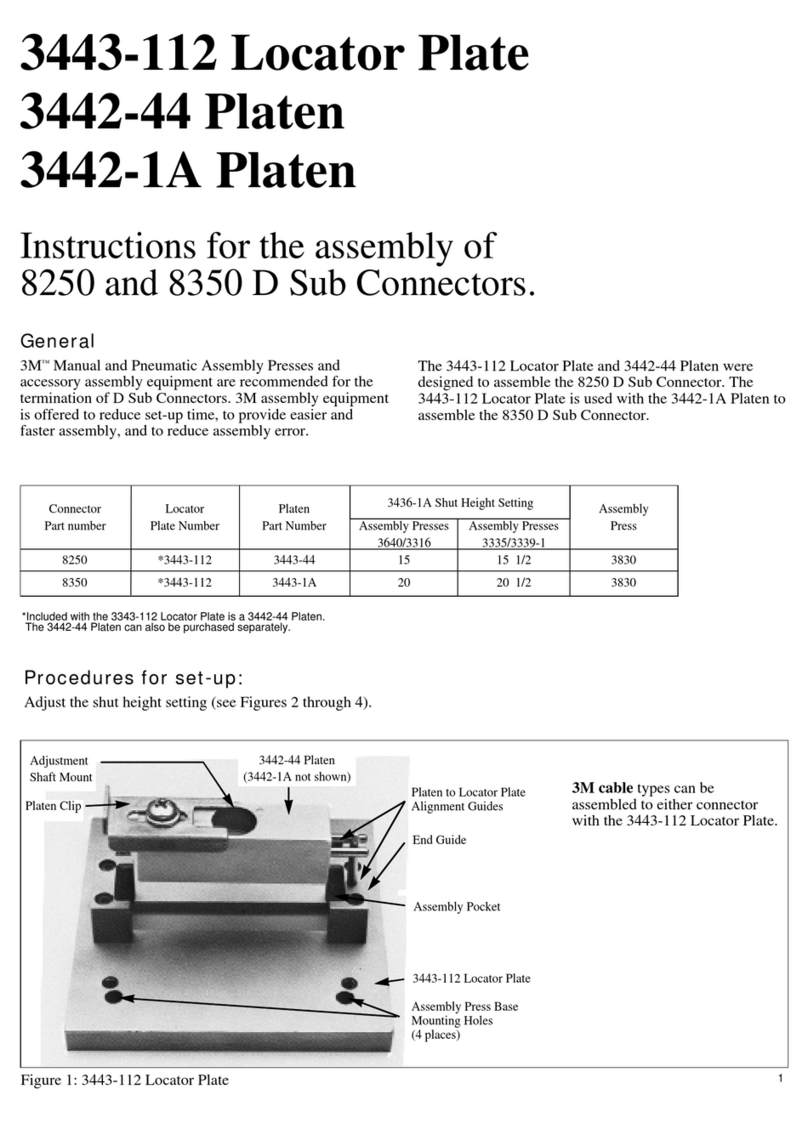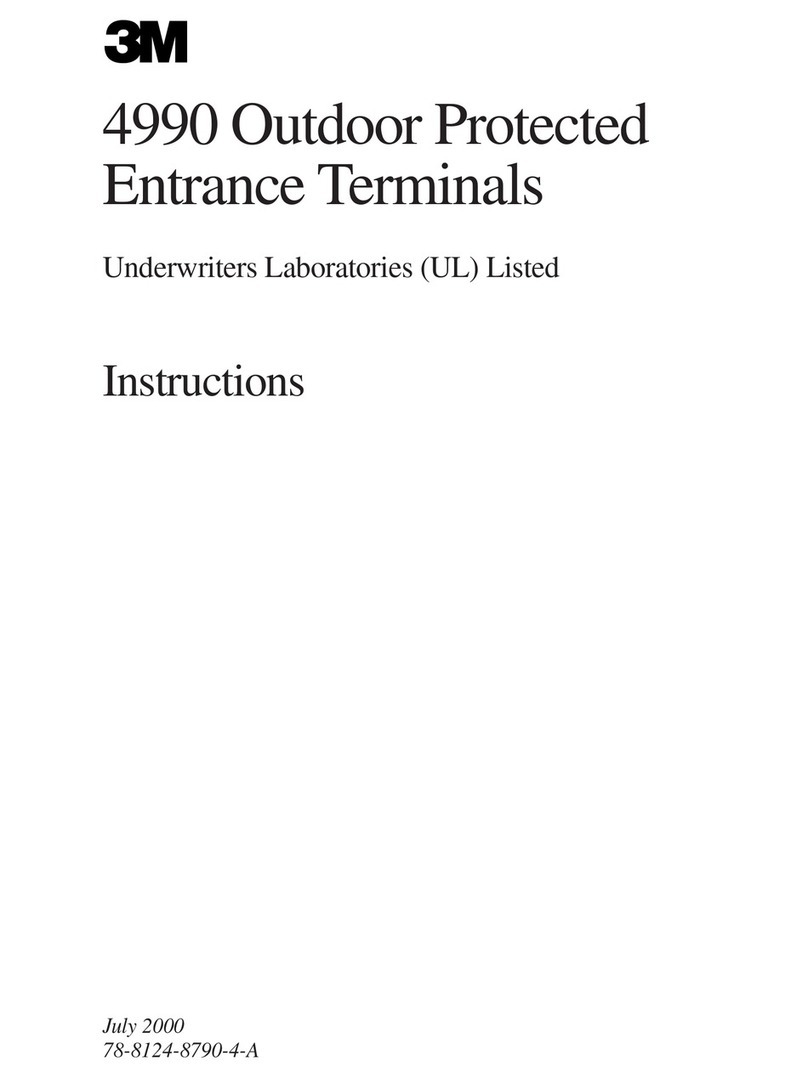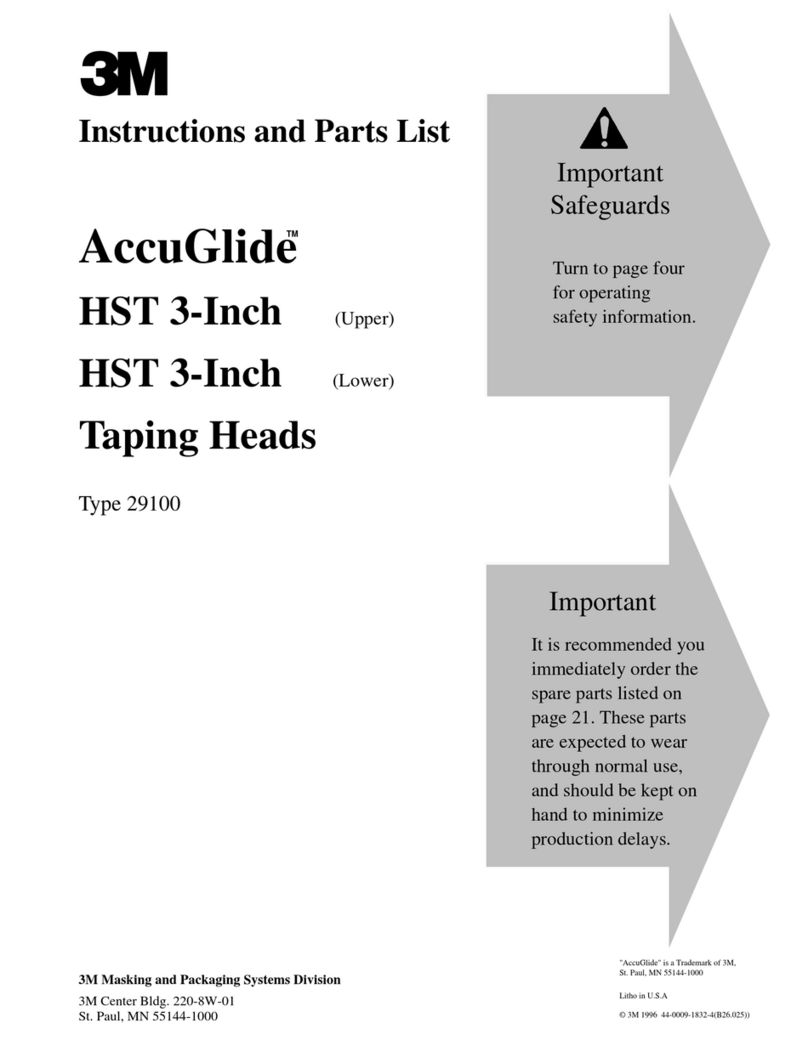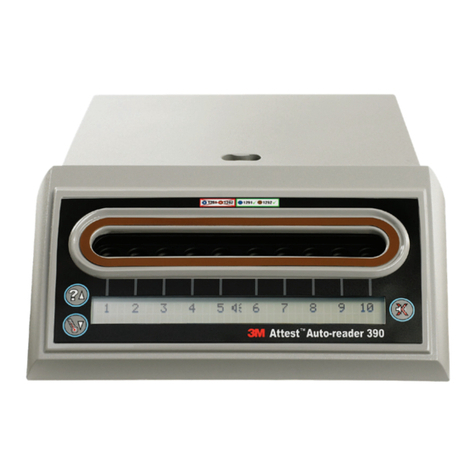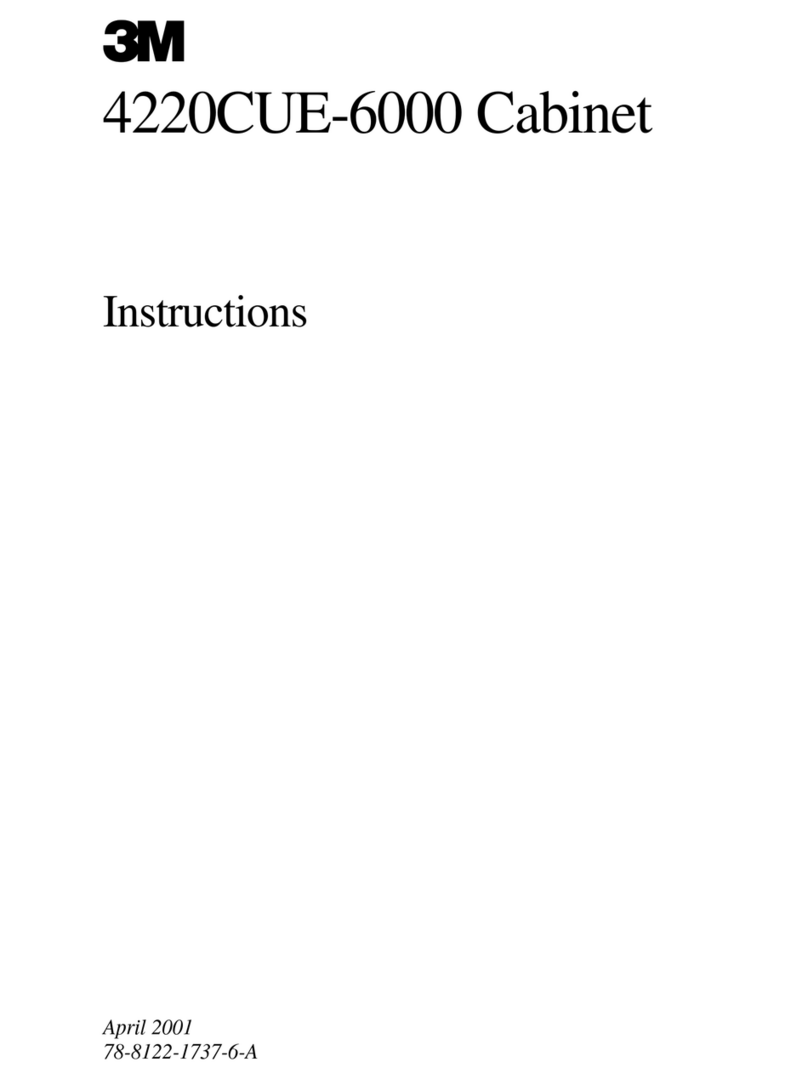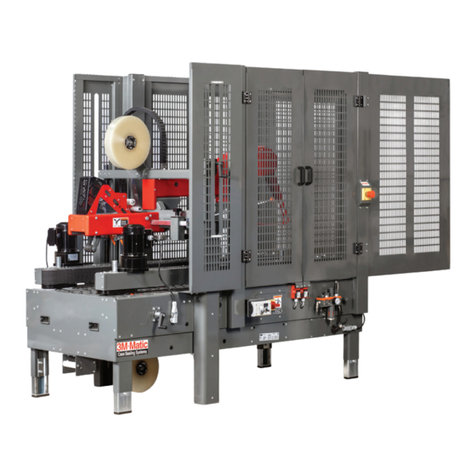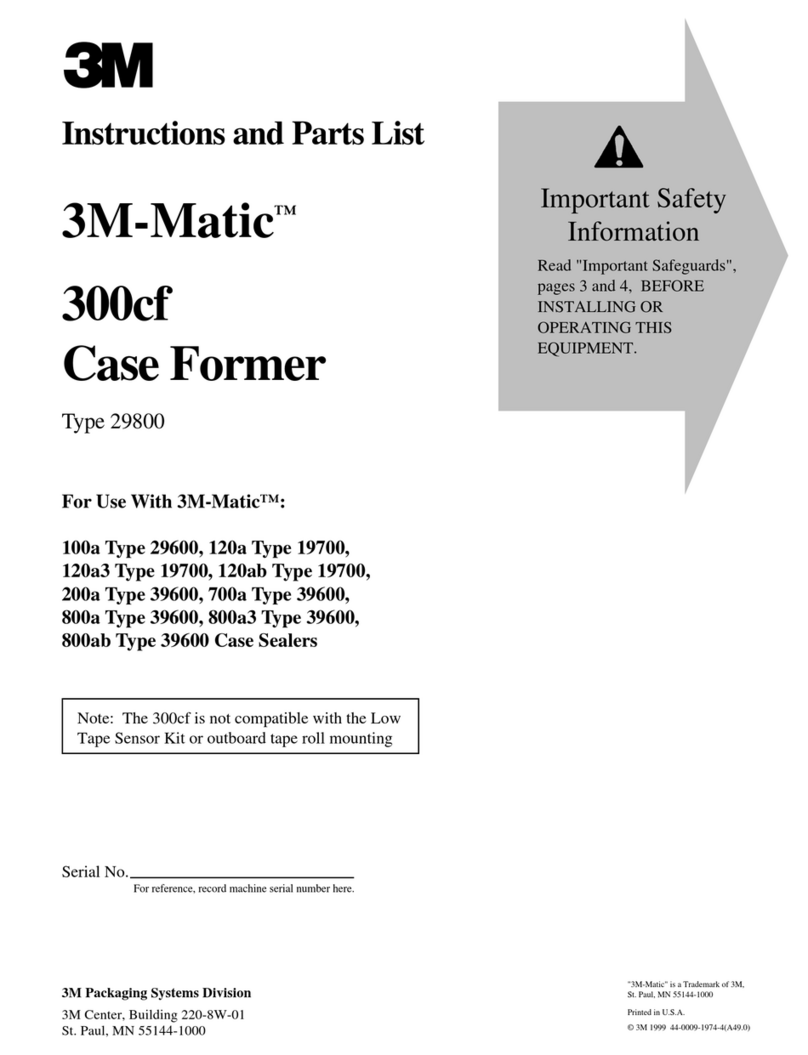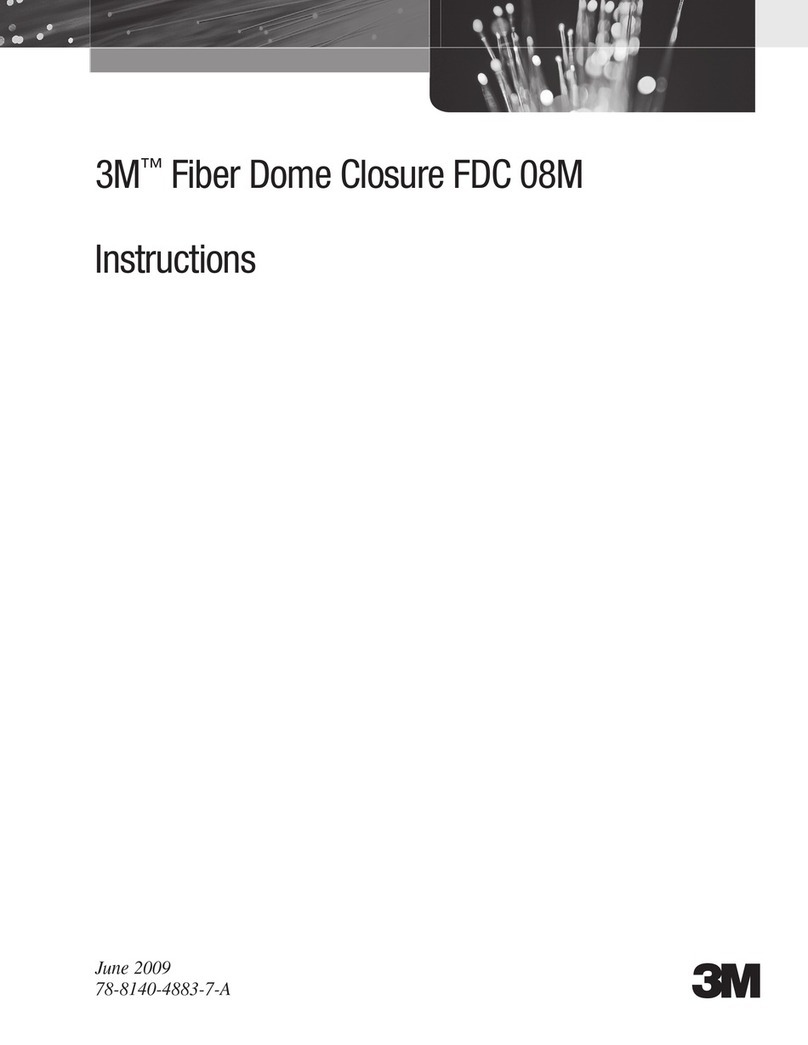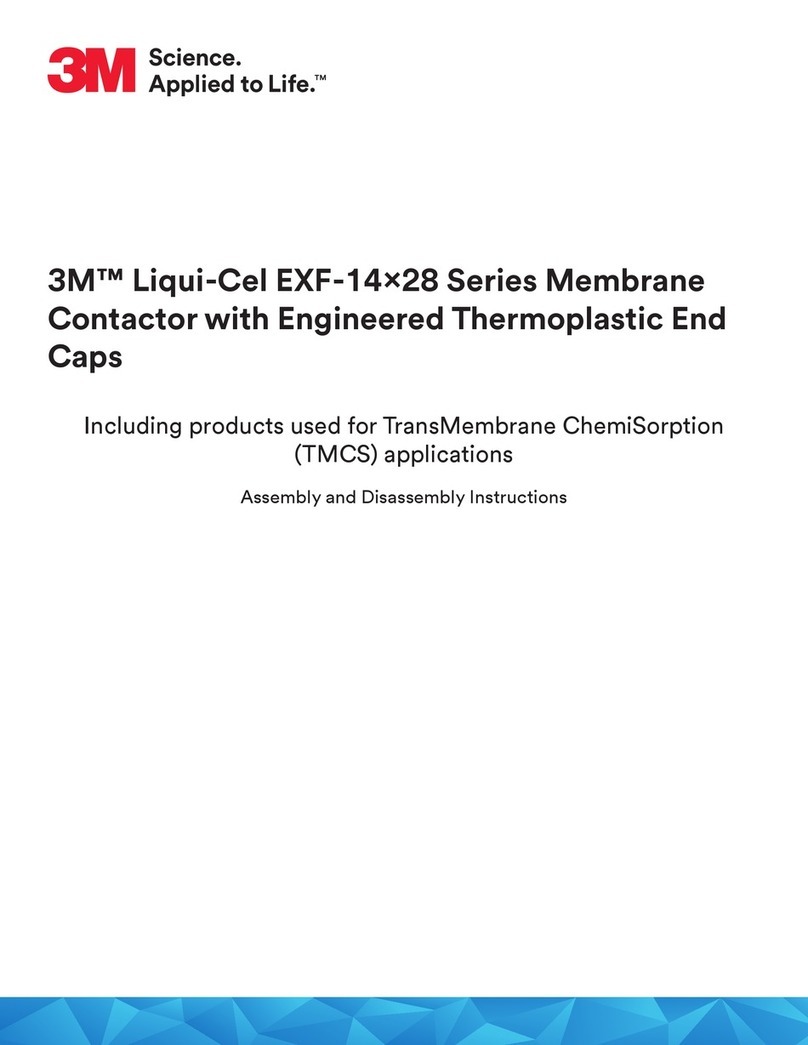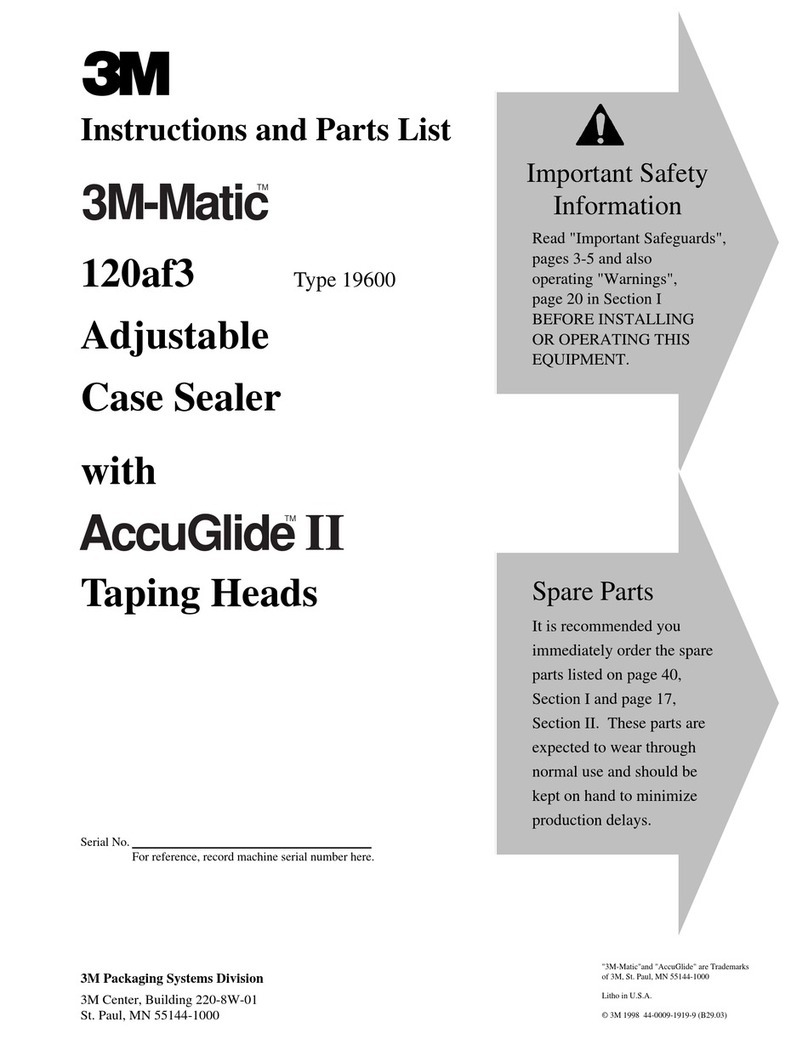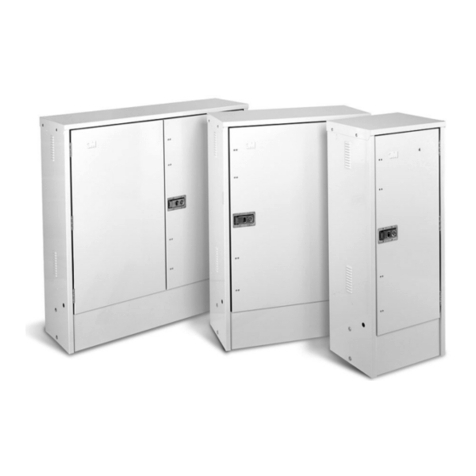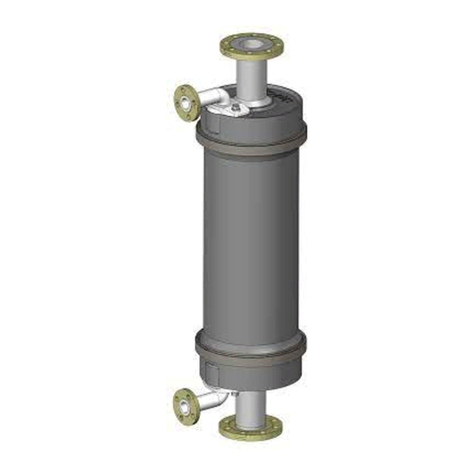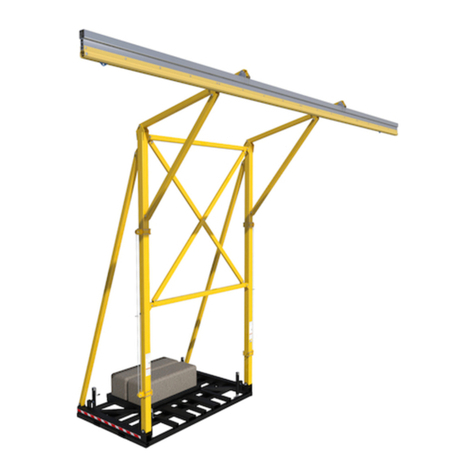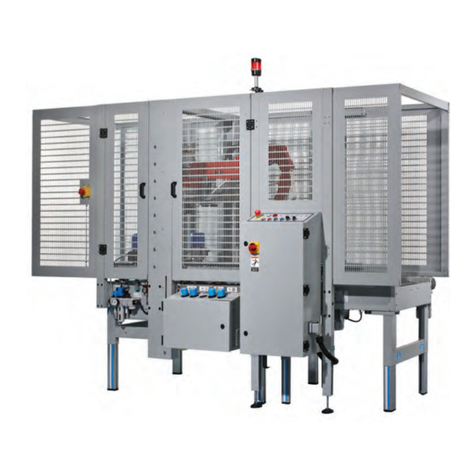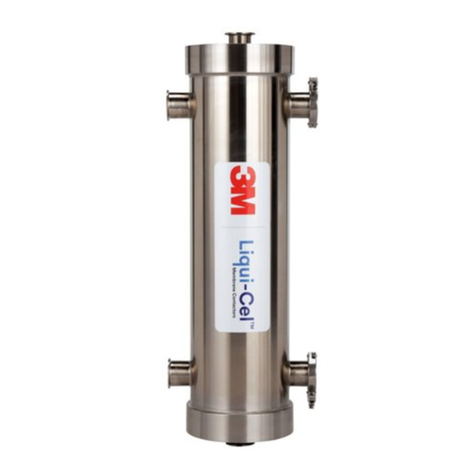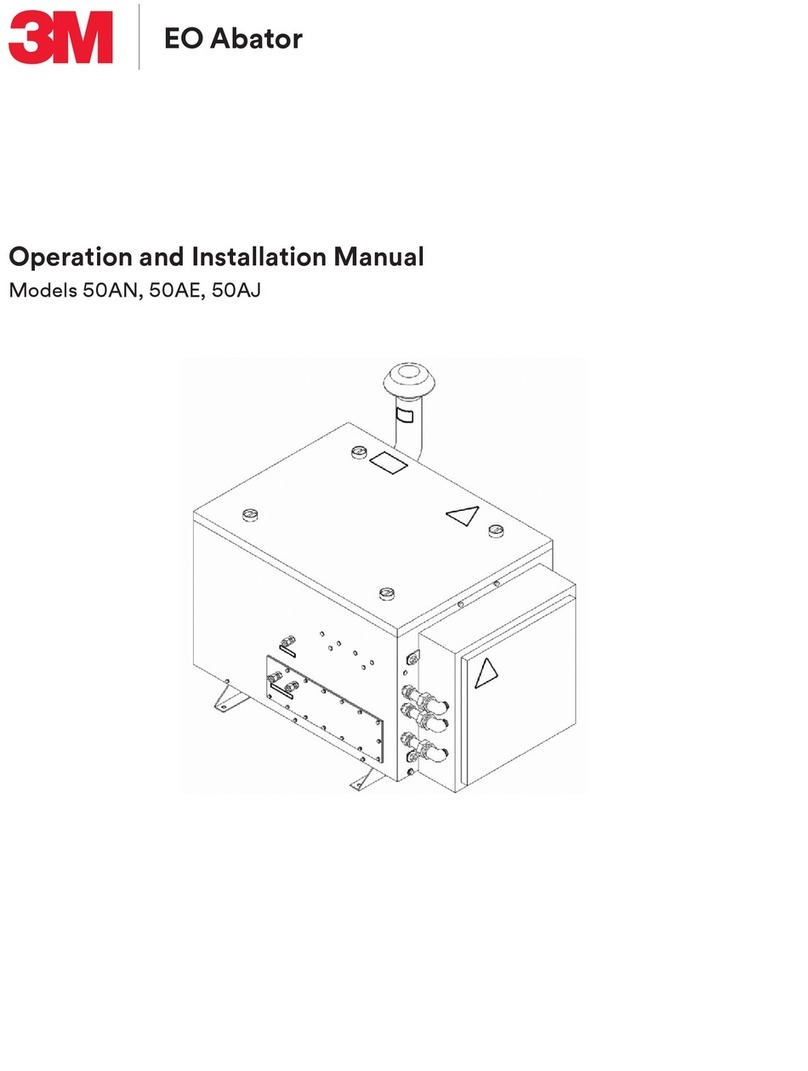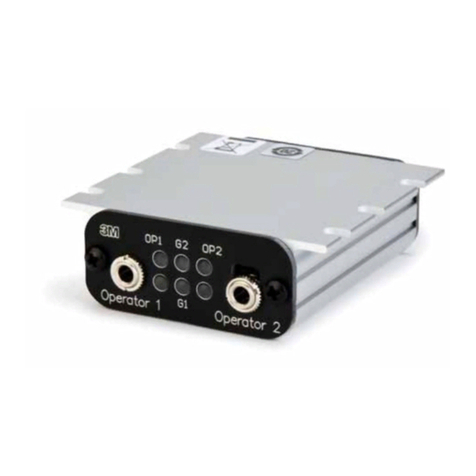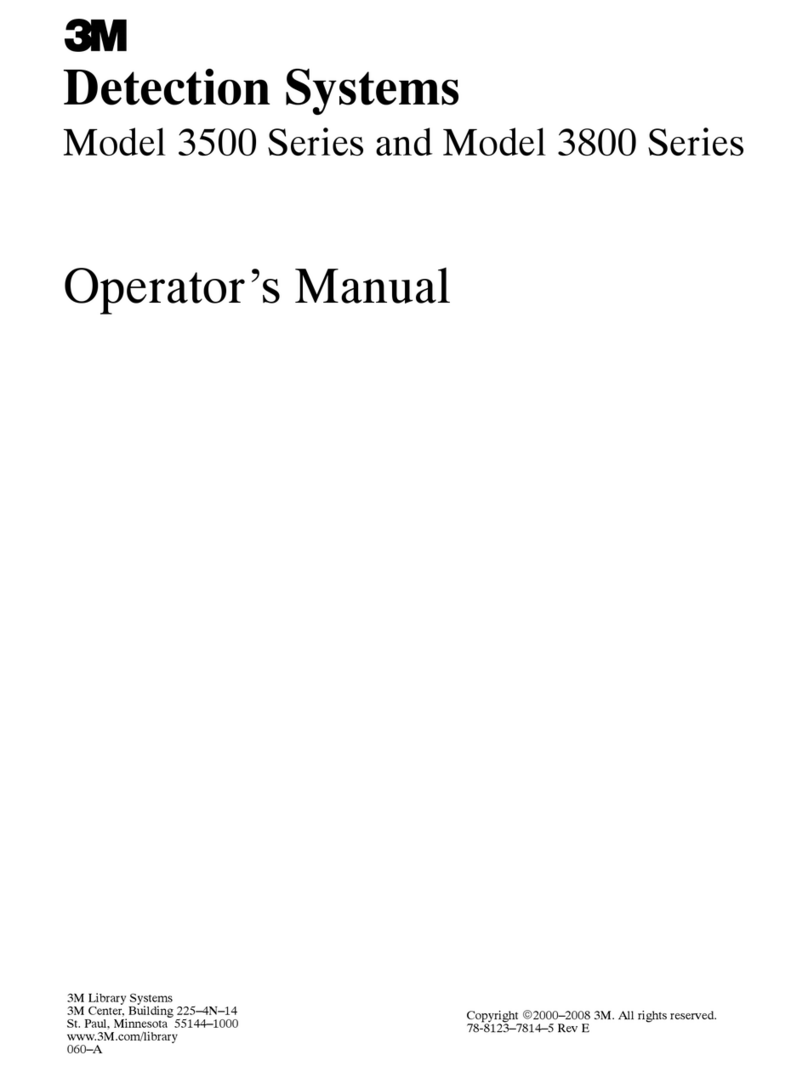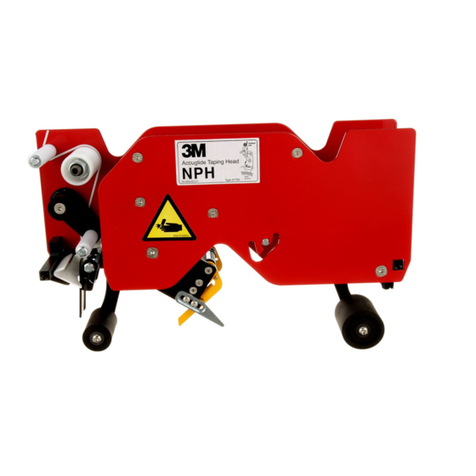
Liqui-Cel®
MembraneContactors
IMPORTANT INFORMATION - PLEASE READCAREFULLY
I. Intent of Document
There are many different types of contaminants that may adhere to the membrane. The cleaning
protocol, which covers chemical cleaning agents, concentrations, time and flow rates, will be
specific to each system. In all cleaning procedure discussed below it is assumed that cleaning is
intended for the water-contact side of the membrane.
II. Cleaning Parameters
There are four parameters that affect the cleaning process:
Time (duration andfrequency)
Temperature Mechanical shearing on membrane surface by flowing liquids
Chemical type and chemical strength (caustic, acid, alcohol,etc.)
Changing any one of these parameters can affect the others. Therefore, it is important todevelop
a specific cleaning protocol for your application. These guidelines will guide you through the
cleaning process. We recommend starting with cleaning chemicals that are generally used within
your industry.
The initial performance of the contactor should be monitored to establish its baseline
performance. This baseline performance can be compared to the performance of thecontactor
after cleaning. Other considerations for establishing the best protocol for your applicationsare:
Experimentation with time (frequency and duration), temperature, chemicalconcentration
and cleaning liquid flow rate will determine the best method for cleaning thecontactor.
Refer to the Liqui-Cel® Membrane Contactor product data sheet for maximum temperature
and pressure ratings. Take into account the rise in temperature that occurs during a
physical or chemical reaction such as mixing of water with caustic soda or sulfuric acid, or
mixing of acids and bases or frompumping.
An aggressive cleaning protocol may clean the contactor in a shorter time period, but can
also reduce the contactor service life.
Generally, the cleaning frequency can be determined by monitoring a decrease in
system gas transfer efficiency or increase in pressure drop in liquid or gas phases.
For general questions about chemical resistance, refer to the Liqui-Cel MembraneContactor
Chemical Resistance Guide available at www.liqui-cel.com or contact a 3Mrepresentative.
Avoid contacting membrane to surfactants or solvents to prevent membrane wet-out.
Do not expose membrane to oxidizing species such as ozone, chlorine, hydrogen
peroxide, peracetic acid, etc. to prevent membrane oxidation.
Filtered, de-chlorinated, and deionized water is recommended for mixing cleaning
solutions. Water containing sparingly soluble compounds of Ca, Mg, Fe, etc. and silica
(SiO2) may precipitate on to the membrane surface when there is a pH shift in the
water.
Failure to follow any instructions in this guide will void any warranty, if any exists.
Store dry membrane contactor(s) at temperatures < 49° C(120° F) with low to
moderate humidity levels (<60% relative humidity).
The membrane contactor(s) should not be stored where they are exposed to direct
sunlight. Membrane contactors should always be stored in sealed bags or shrink wrap
material and in the original box or other opaque box.
